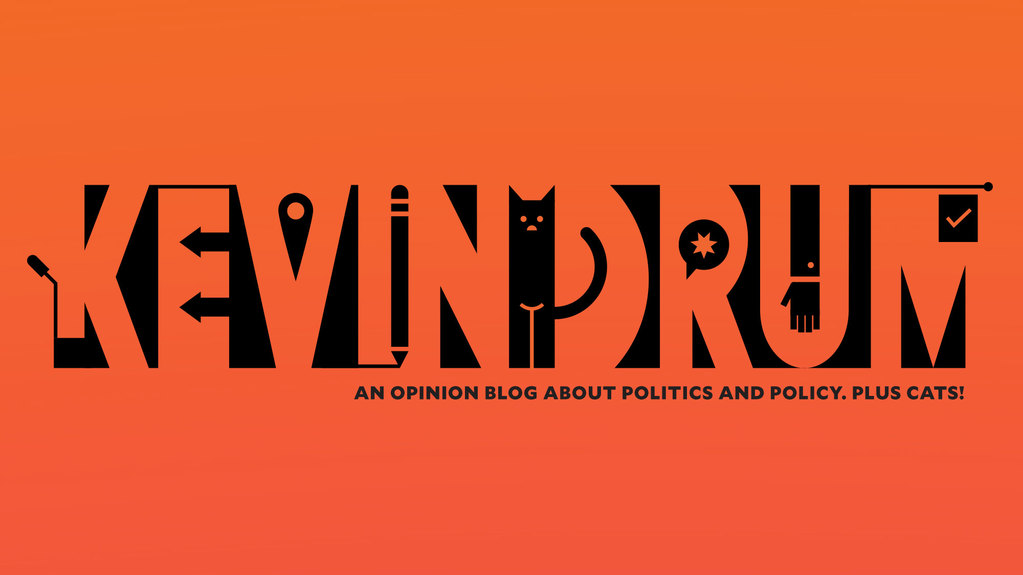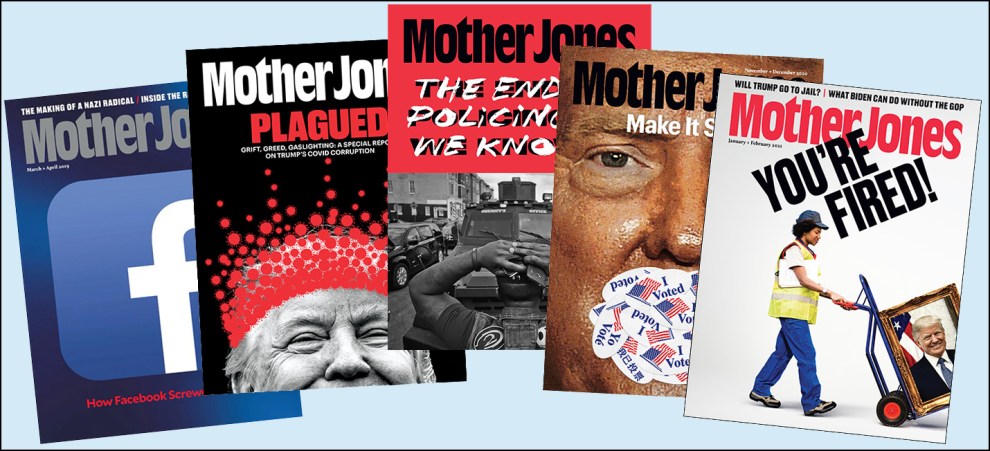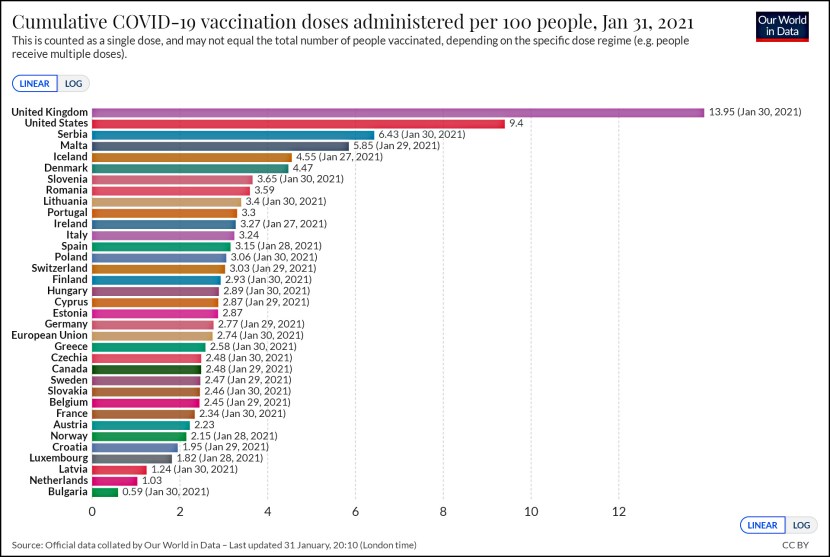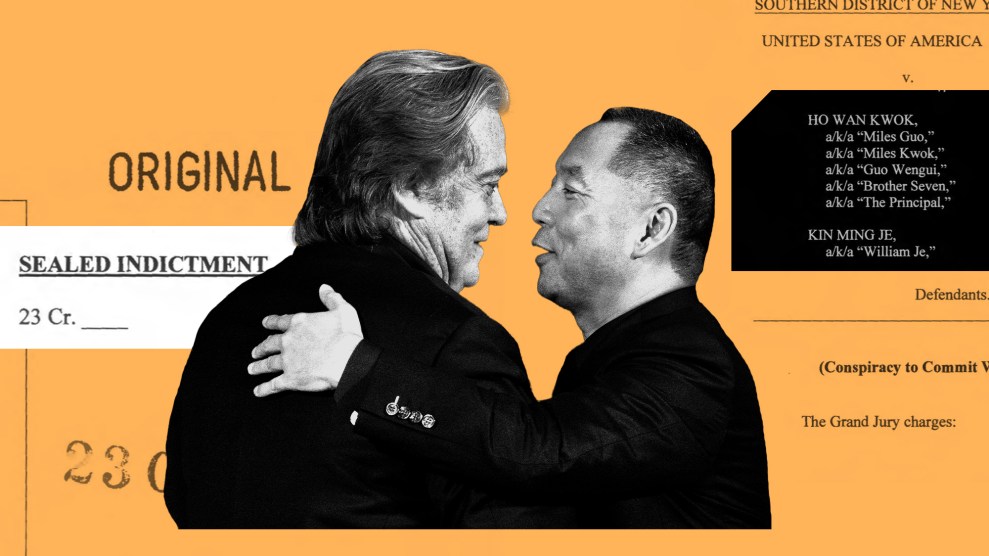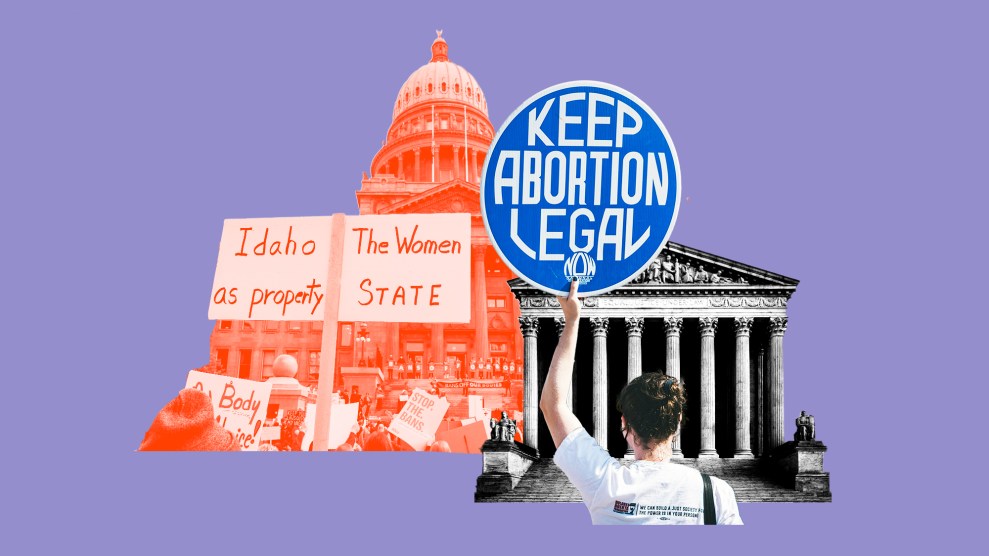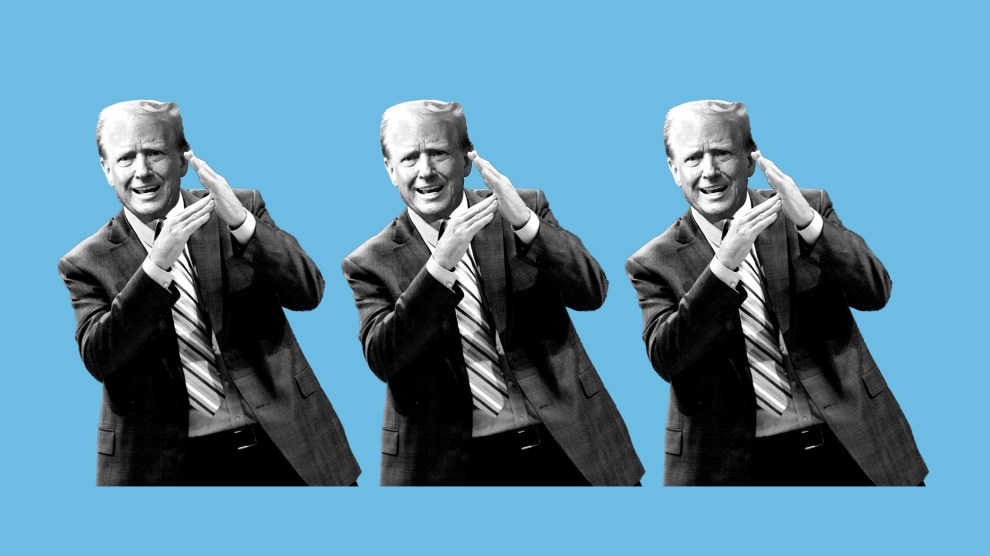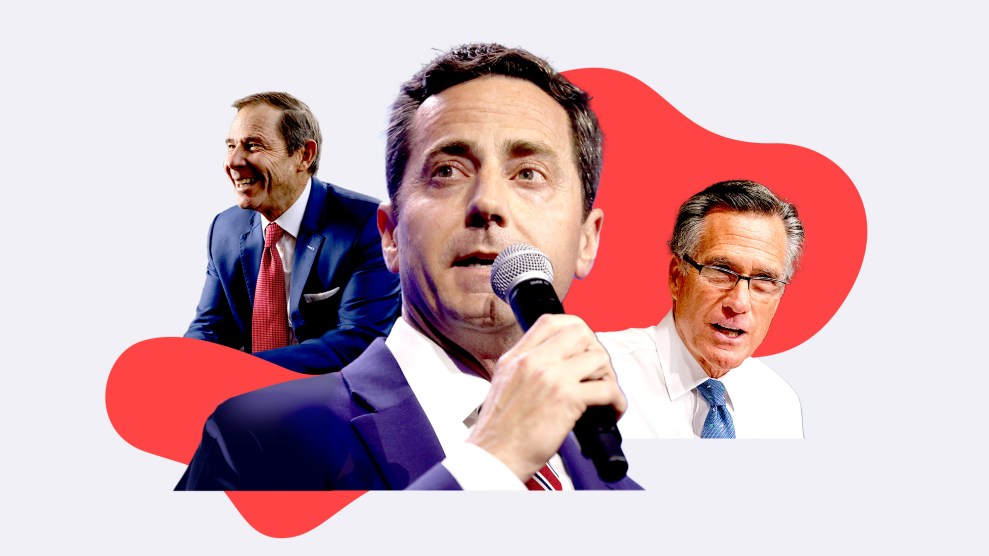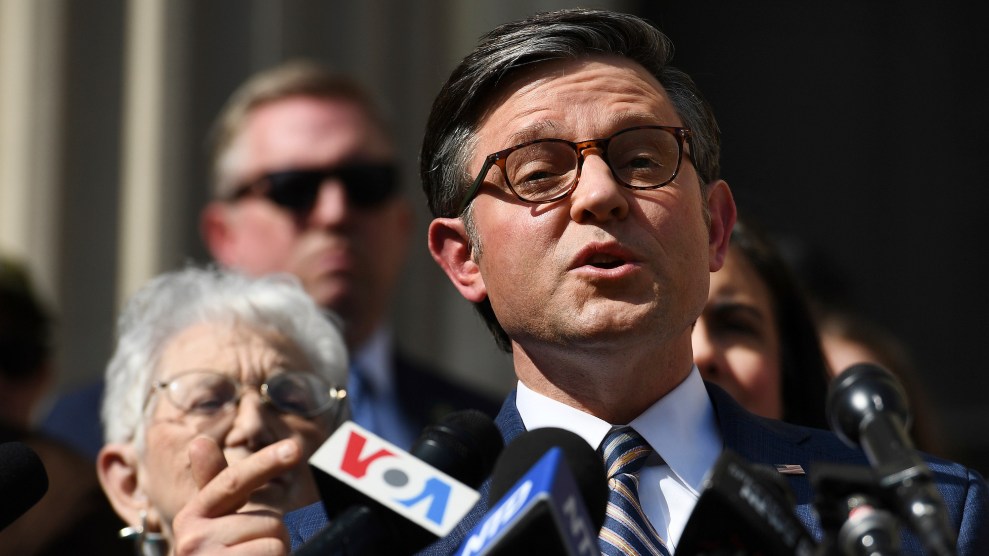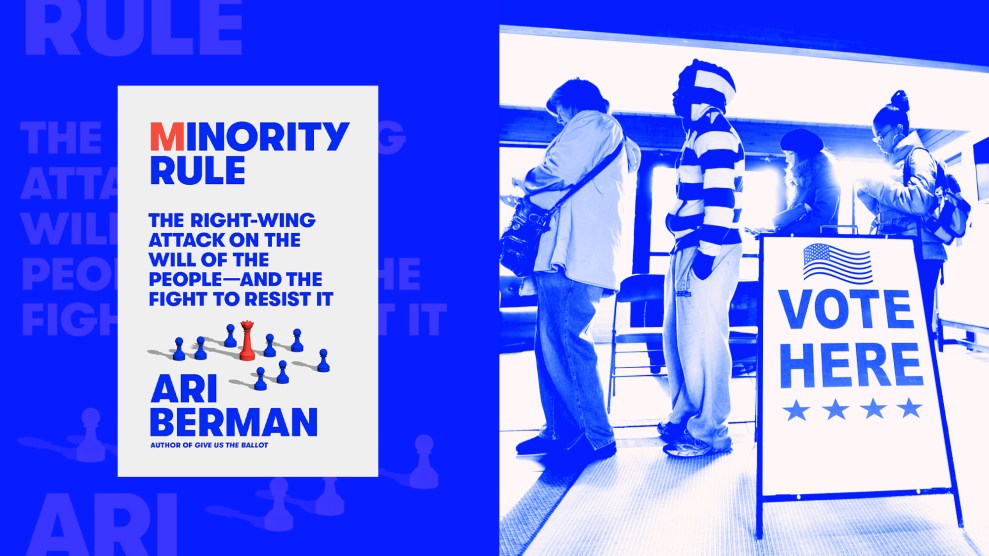Tim Geithner’s toxic waste plan allows investors who want to bid on distressed assets to use Treasury matching funds plus FDIC non-recourse loans to lever up their investments. The combined leverage is about 12:1, so a hedge fund that wants to buy $100 worth of toxic assets would end up investing about $7 of its own money. What’s more, since the FDIC loan is non-recourse, it means that if the investment goes bad the hedge fund doesn’t have to pay back the loan. It only loses its original $7.
For investors, this is a great deal. If the investment does well, they make lots of money. If it tanks, they can only lose $7. The upshot is that they can afford to bid more than they normally would since their losses are capped. But how much more?
Estimate 1 comes from Paul Krugman, who suggests they’ll overvalue the assets by about 30%. Estimate 2 comes from Nemo, who suggests it could be as high as 68%. Estimate 3 comes from Rortybomb, who figures something on the order of 20% or so. Estimate 4 comes from Wagster, who thinks that in real life the assets will be overvalued by less than 10%.
So who’s right? Beats me. To be honest, I don’t even completely understand the four posts I just linked to. But it’s a pretty important question that some financial engineering types should spend some more time on. If, in the end, the toxic waste gets overvalued by 10% or less, that’s not too big a deal. If it’s overvalued by 50%, it’s a disaster. Not only will taxpayers likely lose a lot of money, but no one outside the auction will have any faith in the prices. And since price discovery is one of the goals of Geithner’s plan, lack of faith would be disturbing indeed.
Anyway, I just thought I’d toss this out to stimulate discussion. I can’t really participate since I don’t have the financial engineering background to have an opinion, but plenty of other people do. Let’s hear from them.


